
Can You Put a Tent in the Dryer Safely?
Can You Put a Tent in the Dryer Safely? Published February 4th, 2023 by Allen Campbell Well, it’s no secret that a tent is a
Published June 24th, 2022 by Allen Campbell

Palapas are a popular summertime option for people looking for some relief from the heat. However, there have been concerns raised about their safety, specifically whether they can be a fire hazard in hot weather. So, Are Palapas a Fire Hazard? Are They Dangerous Hot Weather?
Palapas can easily catch fire if they are not made out of flame-resistant materials. And since they are often located near beaches or other open areas, high winds can quickly spread fire to nearby buildings or vegetation. Additionally, Palapas often have thatched roofs which can easily ignite if a small spark comes in contact with them.
Got worried?
I got the solution for you!
Although typical palapas are fire hazards still there are ways to keep them safe from fire or you can just make them fireproof. Excited to learn the solution, keep reading.
A palapa is a type of thatched hut commonly found in tropical areas. Palapas are traditionally made with a wooden frame and a thatched roof, although modern versions may use other materials, such as palm fronds or synthetic materials.
The thatched roof provides good insulation against the heat and sun, making the palapa a popular choice for use as a shelter or pavilion. Palapas are also often used as barbecues, beach umbrellas, or other outdoor structures.

If you live in an area where it gets hot during the summer, you may be wondering if palapas are a fire hazard. After all, they are made of wood and they are often built close to the ground.
The good news is that palapas are not a fire hazard. They are made of treated wood that is designed to resist fire. Additionally, the thatched roofs of palapas are also fire resistant.
However, palapas can be dangerous in hot weather. If they are not properly ventilated, they can trap heat inside and cause the temperature to rise to dangerous levels. This can be especially dangerous for young children or elderly people who are not able to regulate their body temperature as well as healthy adults.
If you have a palapa on your property, it is important to make sure that it is properly ventilated. You can do this by opening the door and windows when it is hot outside. You should also avoid using any type of heater inside the palapa, as this can cause the temperature to rise to dangerous levels.
In conclusion, palapas are a fire hazard and they can be dangerous in hot weather. If you have a palapa on your property, make sure that it is properly ventilated to avoid any potential hazards.
To make a palapa fireproof, you need to use treated wood that is designed to resist fire. Additionally, the thatched roofs of palapas are also fire resistant. You can also make sure the palapa is properly ventilated by opening the door and windows when it is hot outside. The last tip is to avoid using heaters in the palapa in order to avoid dangerous temperatures.
Here are some tips to keep safe your palapa from fire:
Palapas pose a fire hazard due to their thatched roofs. The thatched roofs can easily catch fire from embers or sparks, and the entire structure can quickly be engulfed in flames.
If the palm fronds or other material used to create the thatched roof are not carefully maintained, they can become incredibly dry and flammable – becoming a huge liability if there’s even a tiny spark nearby. In addition, palapas have dense fur that amplifies the heat of the flames, making it easier for them and resulting in more severe burns.
To prevent fire, it is important to keep the area around a palapa clear of any potential sources of ignition. For emergency purposes, it is also advisable to keep a fire extinguisher handy.
Keeping ample water on hand to extinguish any fires that might start is another prevention method. Additionally, brush the palapa’s fur regularly to help keep it from catching fire easily.
Regular maintenance is key. The fronds should be kept hydrated and trimmed on a regular basis to avoid the build-up of dried-out material. In addition, it’s important to make sure any areas where sparks might come into contact with the palapa are properly extinguished – such as BBQ pits or bonfires.
A fireproof palapa is a type of structure that is built to resist fire. It is normally made of heat-resistant materials, such as concrete, stone, or metal. The walls and roof of a fireproof palapa are typically thick and have few openings to prevent the spread of fire. The floors are often made of concrete or other fire-resistant materials.
Fireproof palapas are often used in areas where wildfires are common, such as in the western United States. There are also places where they can be found where fires may spread, such as near volcanoes. Fireproof palapas are sometimes used as storage buildings for flammable materials.
Building a fireproof palapa is not difficult, but it does require some planning and careful construction. In order to choose a material that resists fire and heat, you need to choose flame-resistant materials. Once you have chosen the right materials, you will need to build a strong foundation and frame for your fireproof palapa. You should aim for thick walls and a roof with few openings. The floors should be made of fire-resistant materials.
Protecting your home or business from fires can be made easier with a fireproof palapa. It is important to choose the right materials and to build a strong and sturdy structure. By following these tips, you can build a fireproof palapa that will provide protection from the dangers of fire.
One of the biggest problems with palapas is that they can easily catch fire. If they are not made out of flame-resistant materials, a small spark can quickly ignite the thatched roof and spread the fire to nearby buildings or vegetation. Additionally, high winds can quickly spread the fire from a palapa to other structures or vegetation, making them especially dangerous in coastal areas.
Another problem with palapas is that they can provide a perfect breeding ground for mosquitoes and other insects. If there is standing water near a palapa, it can become a haven for mosquito larvae. Additionally, the thatched roofs of palapas can provide shelter for adult mosquitoes, making it easier for them to bite people and spread diseases.
Finally, palapas can be a hazard during storms. If a storm is strong enough, the thatched roof can be blown off of the structure, posing a danger to anyone nearby. Additionally, high winds can cause the entire structure to collapse, which can result in serious injuries or even death.
Palapas are safe to live in the hot weather, as they offer excellent protection against the sun’s harmful rays. They offer natural shade and cool temperatures, making them a popular choice for hot weather living. But are they really safe?
There have been some studies that suggest living under a palapa may not be the safest option during extreme weather conditions. The thatched roofs can act as heat conductors, trapping heat inside the structure. This can lead to an increased risk of heat stroke or other health problems associated with high temperatures.
In addition, palapas also provide little protection from severe weather events like hurricanes or tropical storms. The structures can easily be blown away by high winds, leaving residents vulnerable to serious injuries or even death.
Palapas are a great way to beat the heat, but there is one danger you should be aware of the fire. Palapas can easily catch on fire if they aren’t properly maintained or if there is an electrical issue. Make sure you have a fire extinguisher nearby just in case.
Another thing to keep in mind when using palapas is the hot weather. Even though they provide shade, palapas can still get quite warm underneath and it may not be safe to stay under them for extended periods of time during very hot weather.

Allen is a full time writer at Mastercanopies.com and enjoys traveling around the United States and exploring nature. He enjoys writing about canopies as he believes they are extremely crucial in having a successful camping trip whether it be a trip to the beach, mountains, or the open plains.

Can You Put a Tent in the Dryer Safely? Published February 4th, 2023 by Allen Campbell Well, it’s no secret that a tent is a
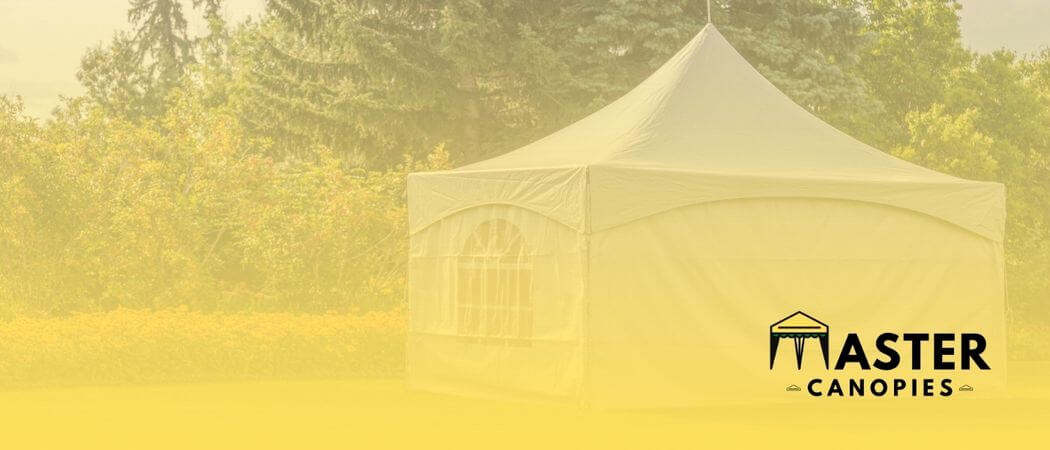
How to Print on a Canopy: How to Print Custom Images/Logos Published February 4th, 2023 by Allen Campbell Do you want to print something special
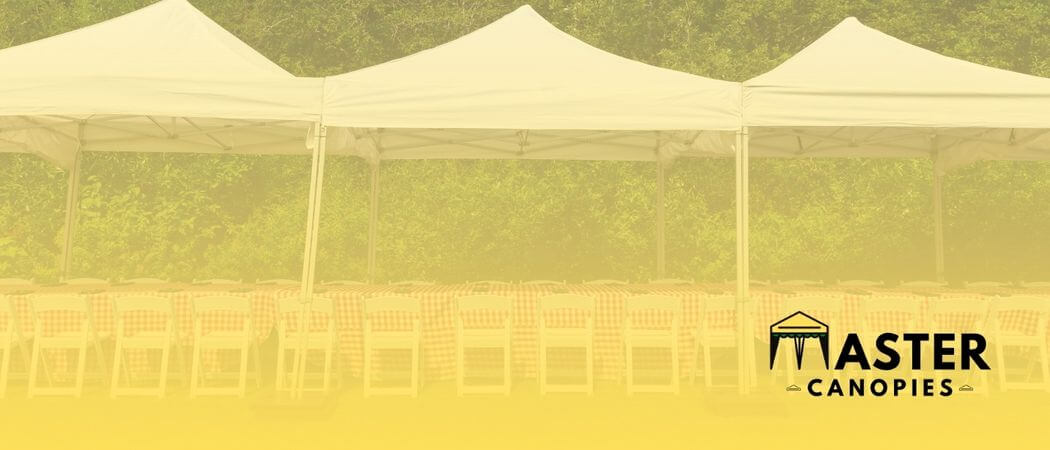
How to Choose the Best Outdoor Event Flooring for your Next Celebration Published January 31st, 2023 by Allen Campbell Planning an outdoor event can be

How to Insulate a Tent for Winter and Keep Warm Published February 3rd, 2023 by Allen Campbell Is your tent the last frontier when it

Wolfwise Beach Tent Review: Should You Buy It? Published January 23rd, 2023 by Allen Campbell Are you planning a beach vacation but don’t know exactly
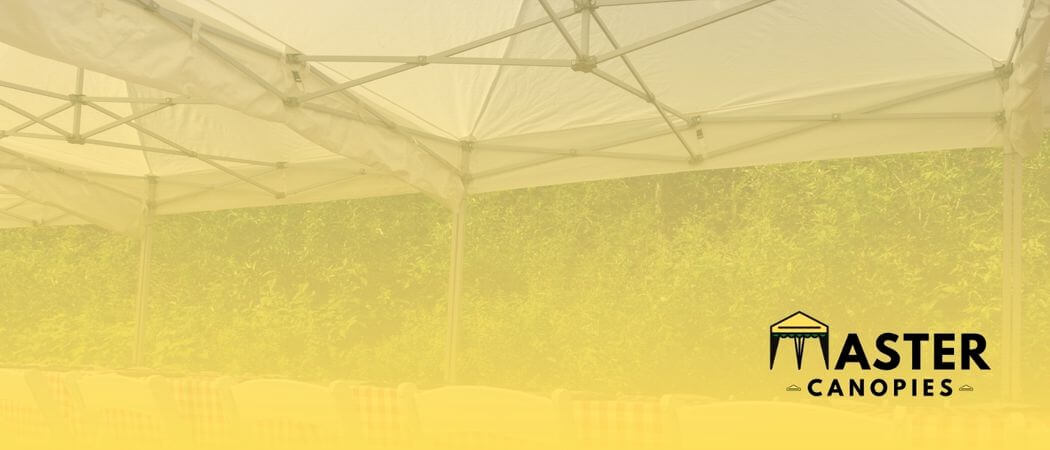
How to Start a Tent Rental Business (and have Success with It!) Published January 23rd, 2023 by Allen Campbell Do you have a knack for

Wolfwise Beach Tent Instructions: Easy Setup Guide Published January 23rd, 2023 by Allen Campbell Let’s face it, setting up a beach tent can be tricky…
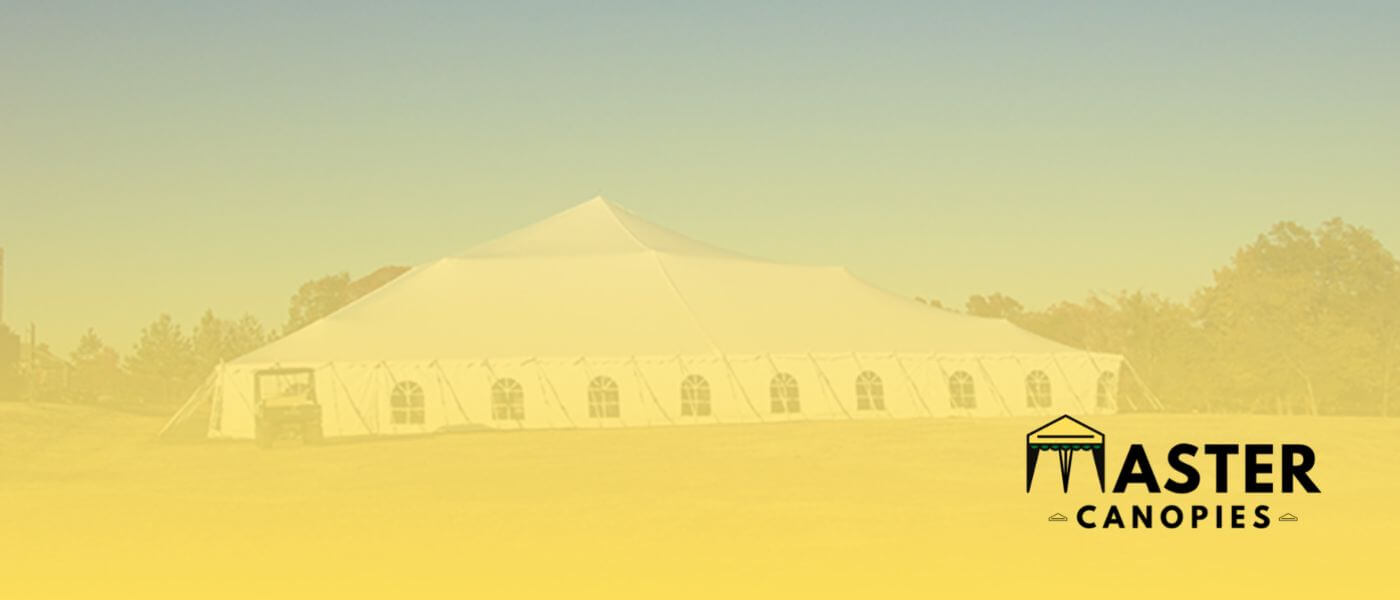
Best 100×100 Tents for Large Gatherings and Parties Published January 12th, 2023 by Allen Campbell Finding the right tent for your next event can be
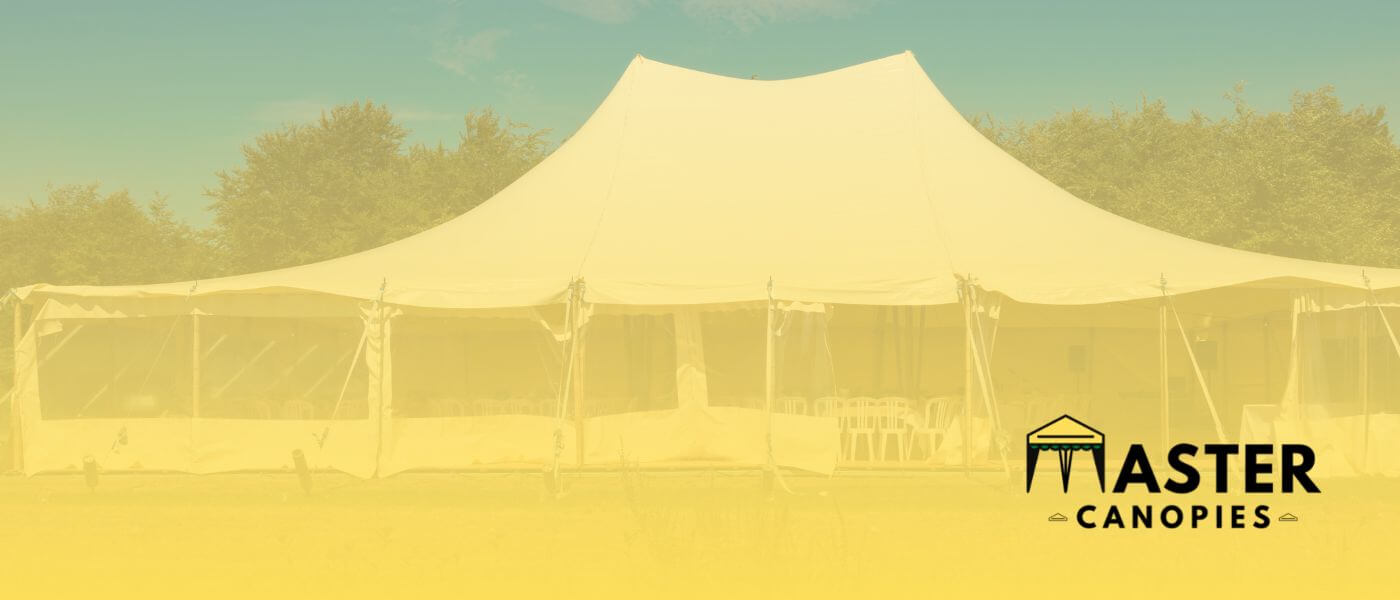
Best Tent Rentals in Downers Grove, IL Published January 12th, 2023 by Allen Campbell Hoping to make a big impact in Downers Grove? Well, if

Master Canopies is here to bring you the best canopies for the outdoors so that you can enjoy the fresh air without the gleaming and burning light of the sun.

Master Canopies is here to bring you the best canopies for the outdoors so that you can enjoy the fresh air without the gleaming and burning light of the sun. As an Amazon Associate, we earn from qualifying purchases.